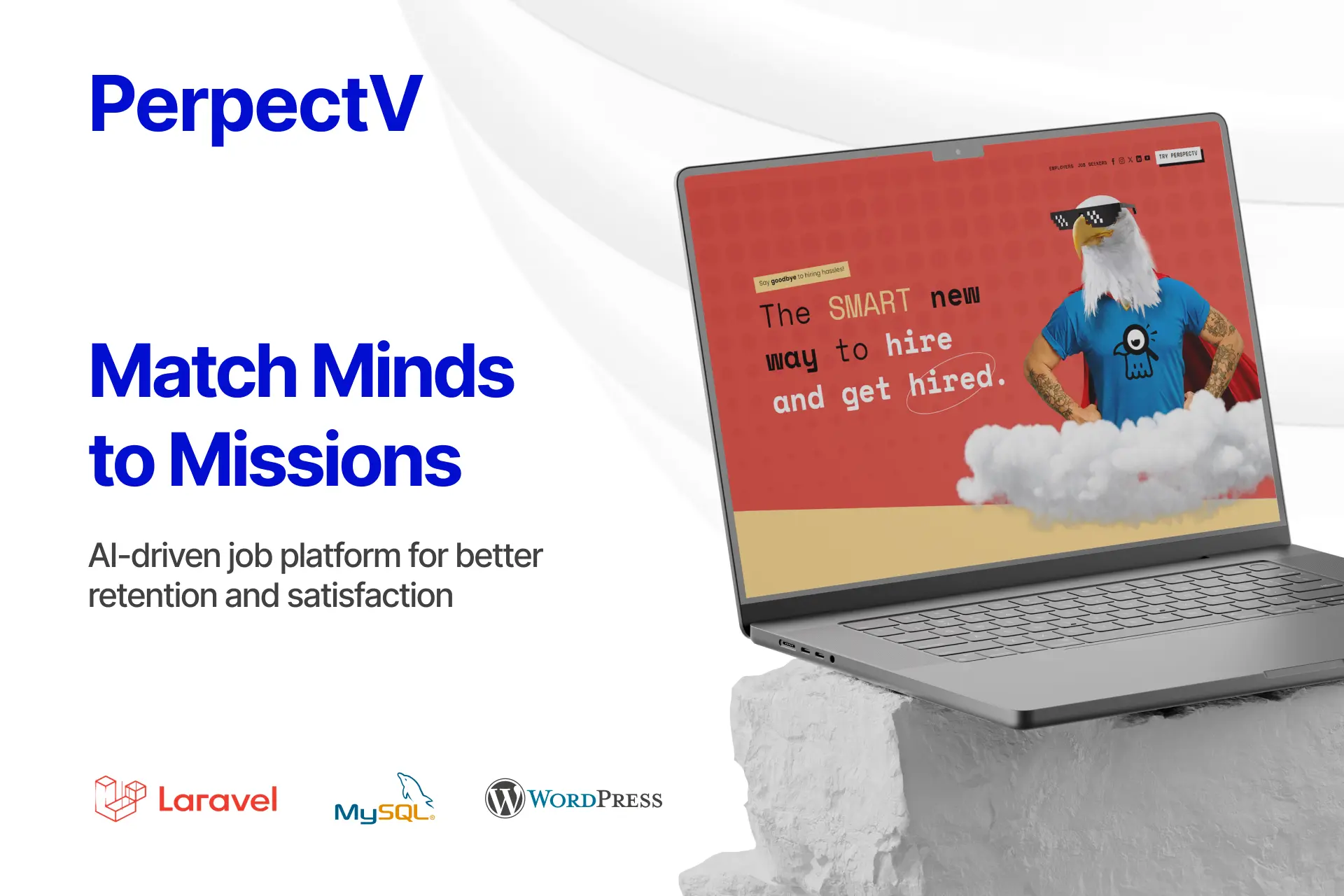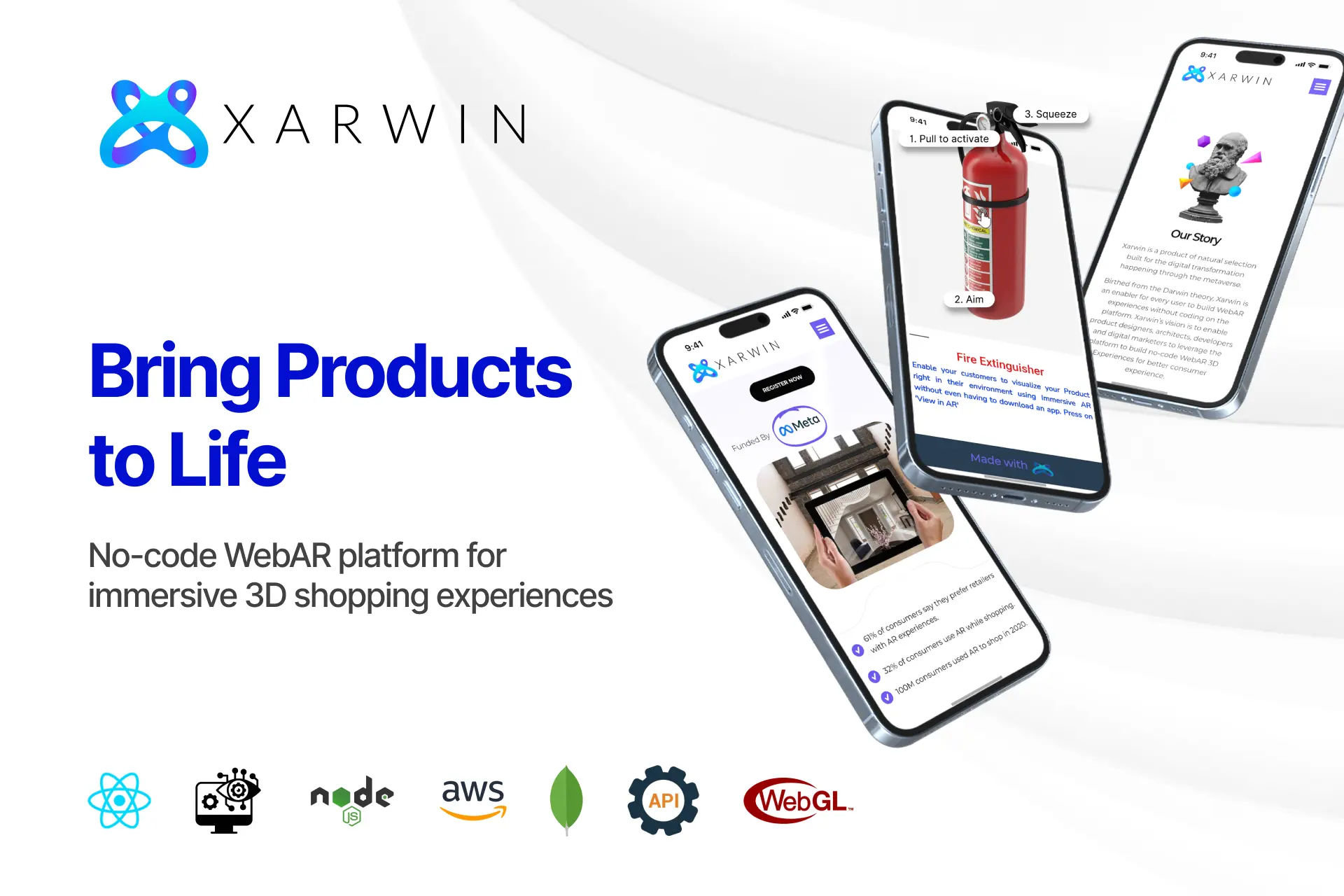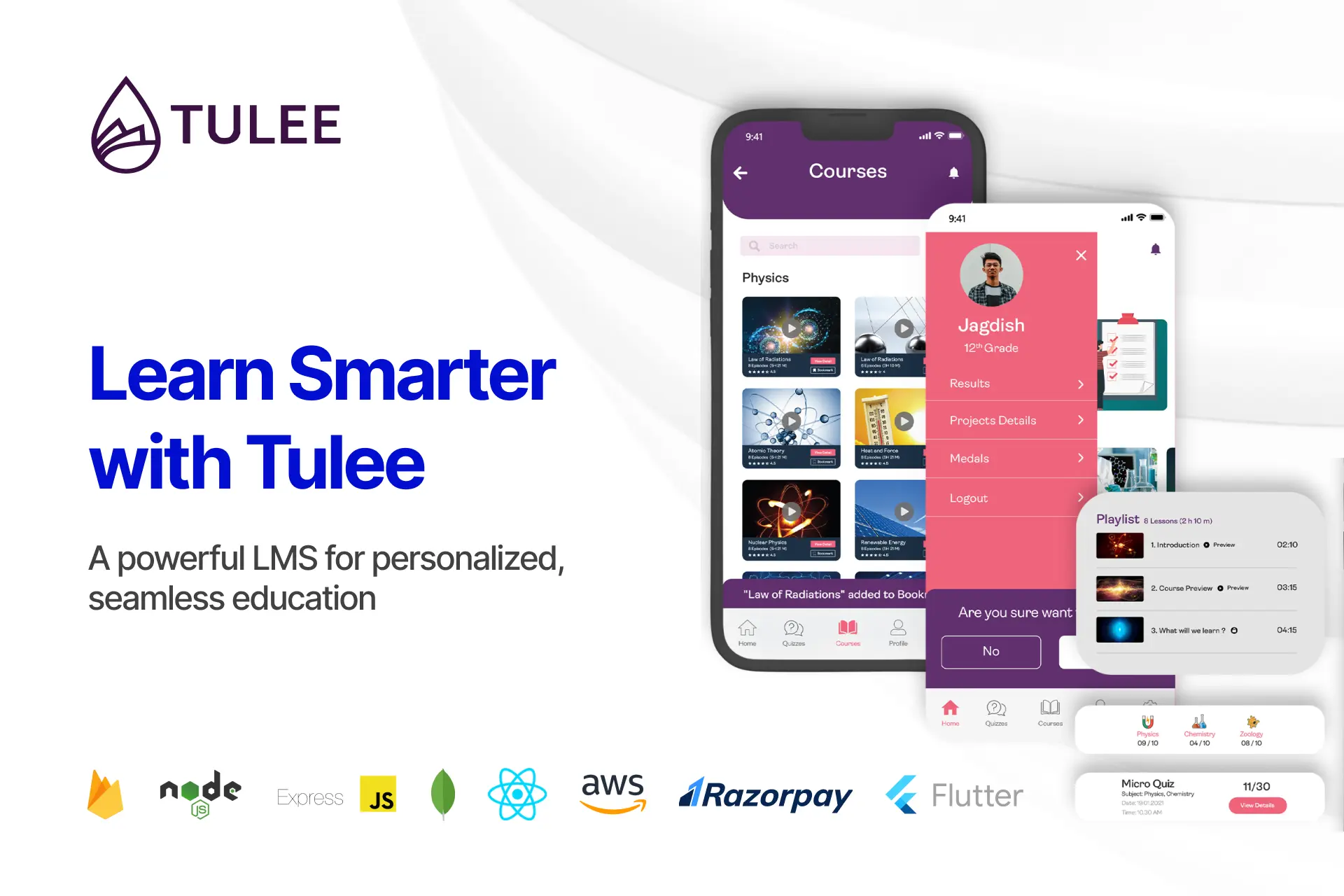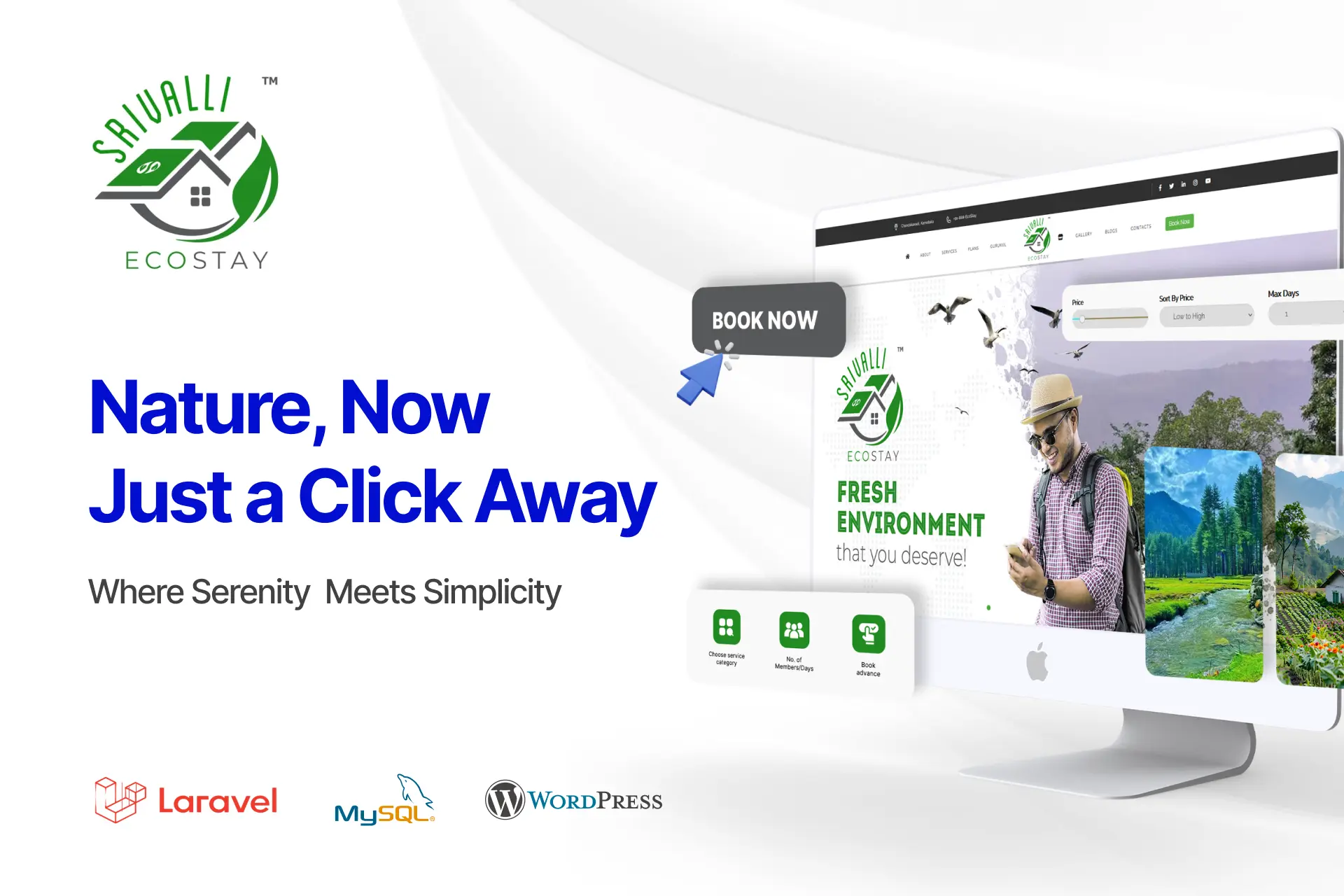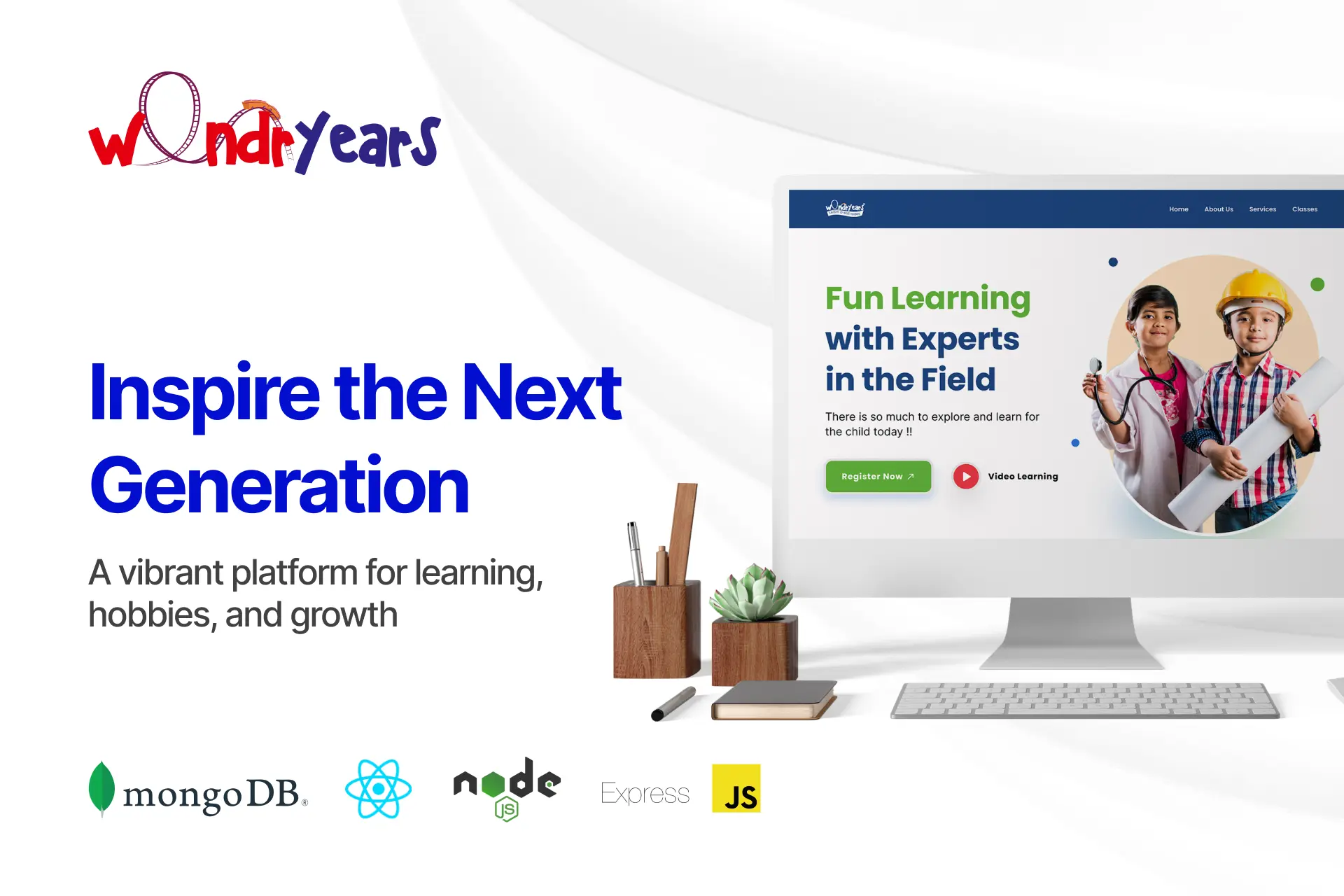Table of Contents
Introduction
Think of LLMs as AI systems that can read, write, and understand language almost like a human would. Why are people fascinated? LLMs are fast changing the way businesses work. Tools like GPT-4, Claude, and Gemini are already being used to handle everything from writing reports and answering customer queries to summarizing long documents and making internal knowledge easier to access.
But here’s the thing, not every use case is a good fit. To get the most out of LLMs, it’s all about finding the right opportunities where automation makes sense, risks are low, and results are easy to measure.

The Reality check!
LLMs like GPT-4 and Claude have made waves across industries, but not every use case is a fit. For enterprises, the real question isn’t “Can we use an LLM?” it’s “Should we?”. So, what makes a great LLM use case in the enterprise?
Arenas where LLMs shine!
Processes that are Text based
LLMs excel where there’s a lot of unstructured or semi-structured texts like customer service logs, contracts, emails, reports, and policies. Thus, LLMs become ideal in processes like, customer support email drafting, internal knowledge base search assistants, contract clause summarization and meeting note generation.
Repetitive tasks
Firstly, look for tasks where teams spend hours reading, writing, or tagging like report generation, data classification, or help desk replies. These repetitive, text-heavy workflows are perfect for LLM-driven automation, saving time while boosting productivity with minimal disruption.
Low-Risk, High-Cognitive Load Tasks
It is important to understand that we can consider LLMs to be effective, only if the use cases don’t replace critical human decisions, they reduce cognitive load. So, the best fit scenarios under this can be drafting marketing content, generating proposals or documentation and suggesting next-best actions in sales or CRM tools.
Embedded in existing workflows and tools
In this fast moving world, LLMs shouldn’t be a new tool people must learn. The best use cases embed AI into tools teams already use CRMs, email clients, ticketing systems, etc.
It is ideal for AI copilots in customer support dashboards, auto-tagging and routing inside ticketing systems and on-the-fly answer generation in internal search. It is considered effective as it involves minimal disruption and maximum option.
Closed Data Loops for Continuous Learning
Strong use cases create feedback loops that let the system improve over time. This includes thumbs up/down, edits, or structured validation. It is ideal for AI knowledge assistants, internal policy search engines and legal clause suggestions with human review. Human-in-the-loop refinement keeps the model aligned and trustworthy.

Bad use cases
Knowing the bad use cases is as important as knowing the good ones. We must be mindful of where we deploy LLM. LLMs can be super god machines, but not everywhere.
For example, real-time decisions with legal/financial risk, tasks requiring deep domain reasoning or common sense, use cases where human verification is not possible and deployments with unclear data privacy or compliance policies.
Here’s the checklist to evaluate an LLM use case in your business:
Question | Answer Yes/No |
Is it text-heavy or unstructured? | ✅ |
Can part of it be automated safely? | ✅ |
Will it save time or improve outcomes? | ✅ |
Can it integrate with existing tools? | ✅ |
Can results be measured or reviewed? | ✅ |
If you are checking at least three, you are good to go.
LLM Use Cases for Different Enterprise Departments
Now who doesn’t prefer an organized, flawless workflow? LLM does exactly what you’re looking for. Here’s the breakdown of usage of LLM in different departments.
Sales
Generating tailored pitch decks:
LLMs can efficiently help you analyze client data, industry reports, and sales history to create highly personalized pitch decks, saving sales reps hours of manual work while improving relevance and conversion rates.
Drafting follow-up emails:
AI can auto-generate concise, context-aware follow-ups based on CRM notes and previous interactions, increasing outreach speed without sacrificing personalization.
HR
Screening resumes and summarizing applications:
You can leverage LLMs to quickly parse large volumes of resumes and generate candidate summaries aligned with job descriptions, reducing time-to-hire and recruiter workload.
Writing internal communications and policies:
No more worries about policy updates and company announcements, as LLMs assist HR teams in drafting clear,compliant communication tailored to different employee groups.
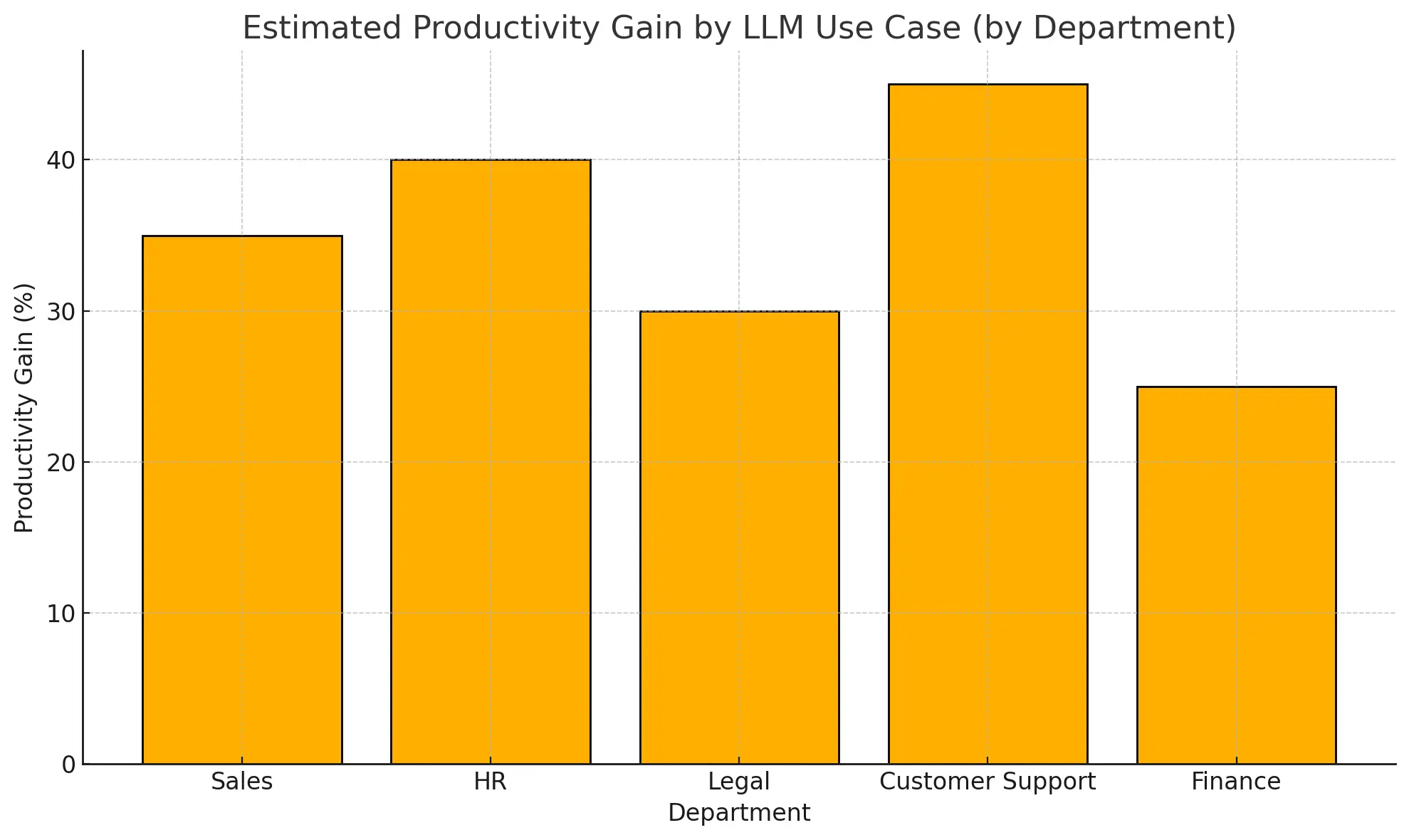
Legal
Summarizing legal documents and extracting key clauses:
A huge amount of time can be saved as LLMs help legal teams sift through long contracts and surface relevant clauses, risks, and compliance flags in seconds.
Assisting with contract review:
LLMs can highlight anomalies, suggest standard wording, and cross-check contract terms against organizational templates and prior versions.
Customer Support
Auto-drafting responses for common inquiries:
LLMs can draft helpful, on-brand responses to FAQs, allowing support agents to respond faster while focusing on more complex tickets. Always remember that quick responses also mean satisfied customers.
Categorizing and tagging tickets:
AI can automatically classify support requests by topic, priority, or department, improving response time and routing accuracy. This way, the work gets organised and effective at the same time.
Finance
Generating periodic reports:
LLMs can pull data from finance systems and generate summaries, dashboards, or narratives for reports like monthly performance, audit readiness, or budget reviews.
Answering internal policy-related questions:
Employees can ask natural language questions about finance policies or procedures and get immediate, AI-generated answers that are referred from official documentation. Thus, nothing is promised off the plate.
Real Examples of successful LLM Applications in Enterprises
A global consulting firm saved 30% of time in proposal writing
By implementing GPT-powered templates that auto-generate proposal drafts based on deal history, client objectives, and service offerings, the global consulting reduced manual content creation and allowed consultants to focus on personalization and strategy.
A healthcare company used LLMs to automate medical policy search
This easily enabled physicians and staff to retrieve relevant documentation in seconds through natural language queries. This halved the time spent searching and ensured faster, more accurate clinical decisions.
A logistics firm improved support ticket resolution by 40%
By using LLMs to auto-tag incoming tickets and generate draft responses, the logistics firm reduced first response time and helped agents prioritize issues more effectively, enhancing customer satisfaction.
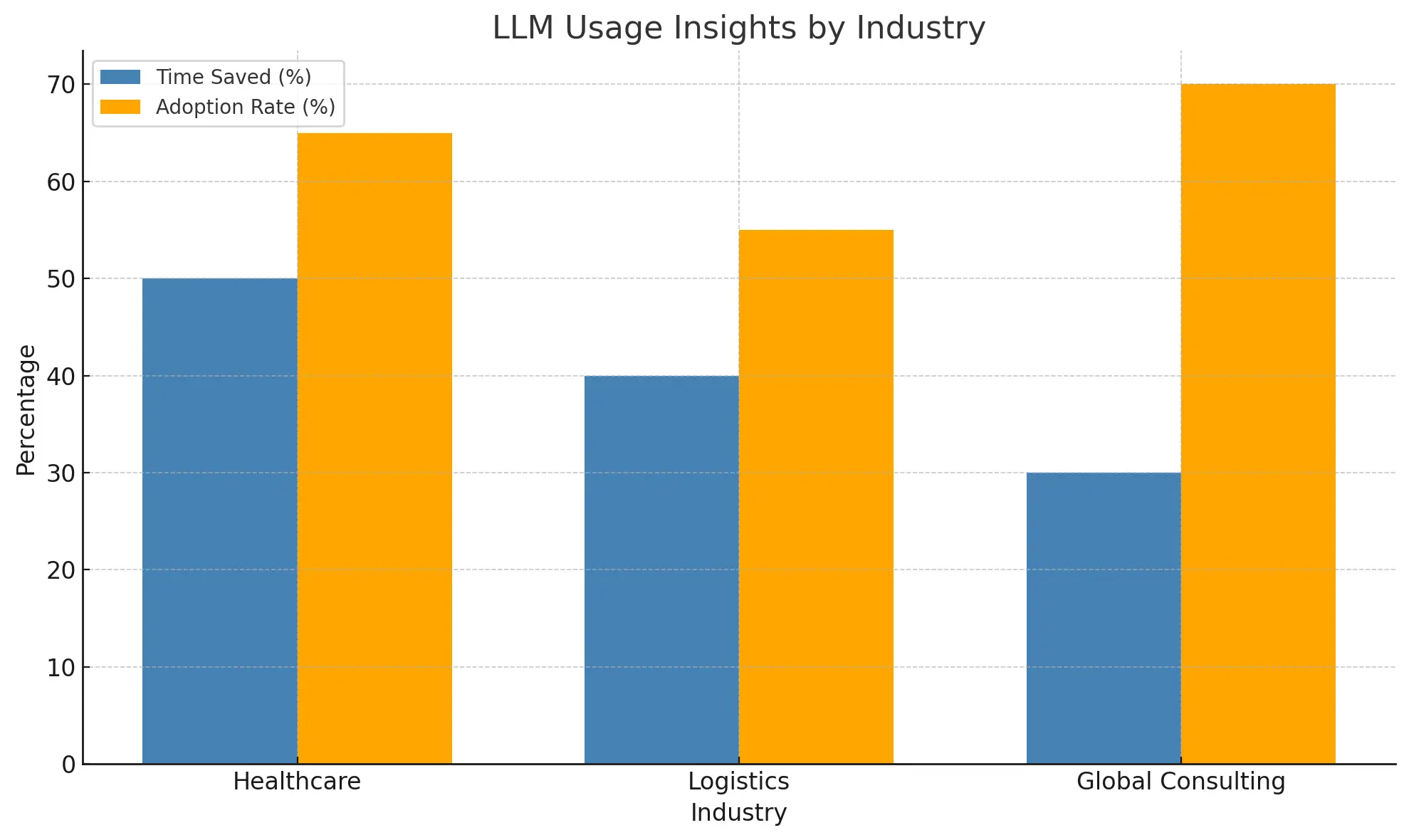
Here’s a real-world insights chart comparing estimated LLM impact across Healthcare, Logistics, and Global Consulting. It shows both time saved and adoption rates, highlighting how LLMs are driving efficiency in industry-specific ways.
Where LLMs Are Headed in the Enterprise
Get an idea about the future outlook of LLMs in the enterprise.
Composable AI:
As organizations demand more flexibility, composable AI allows enterprises to pick and integrate modular AI services for specific needs like document summarization, language translation, or classification without rebuilding their stack. This building-block approach reduces complexity and accelerates deployment.
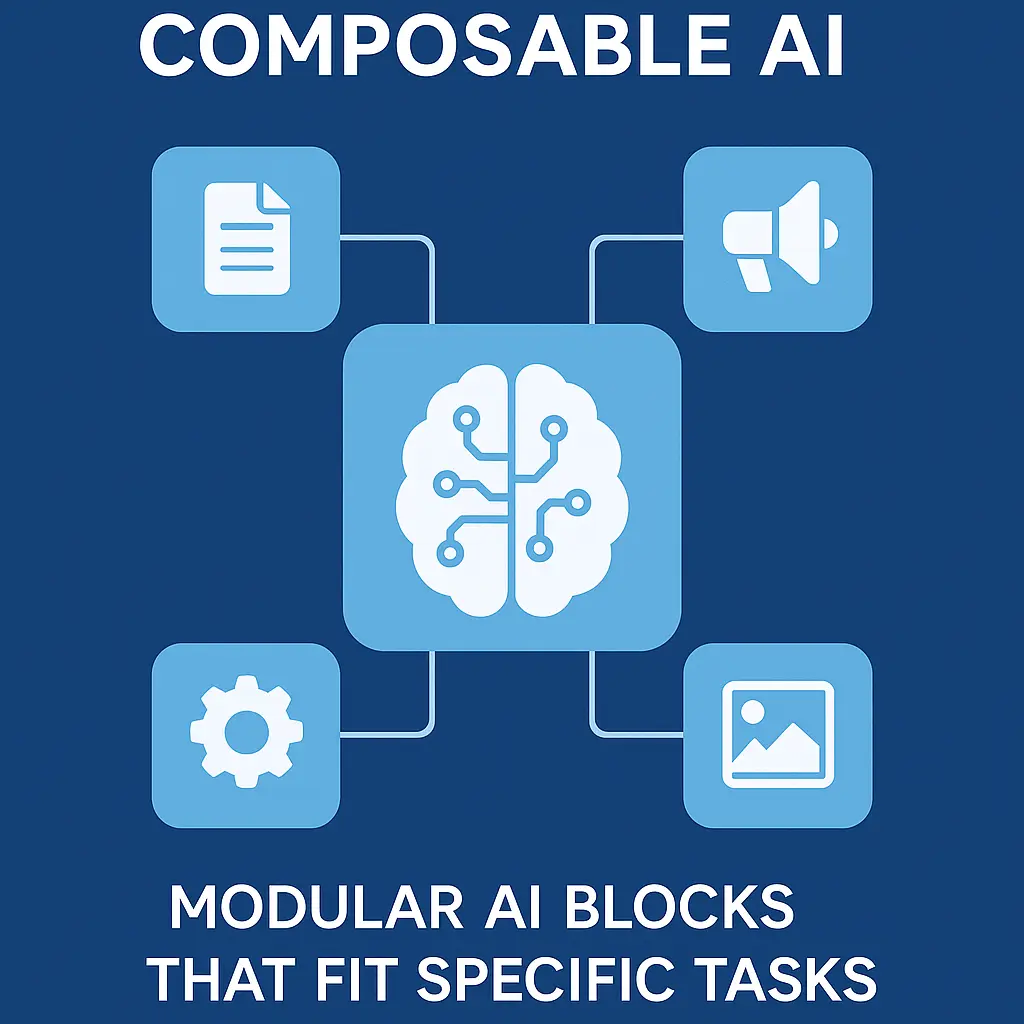
Multimodal Integration:
Future enterprise LLMs won’t just process text. They’ll understand and generate insights across formats like voice memos, images, and even video transcripts. This will unlock advanced use cases like AI meeting assistants that summarize discussions from video, or AI systems that interpret visual inspection data alongside logs.
LLMs + ERP:
Enterprises are moving toward embedding LLMs directly into their ERP platforms like SAP and Oracle. This allows business users to interact with complex systems through natural language asking for inventory trends, generating invoices, or drafting compliance reports without needing SQL or technical expertise.
Agentic Workflows:
The next wave of LLMs won’t just assist users, they’ll act on their behalf. These AI agents can autonomously execute tasks like submitting tickets, generating drafts, or scheduling follow-ups, while following business logic, seeking human feedback when needed, and continuously learning from outcomes.

